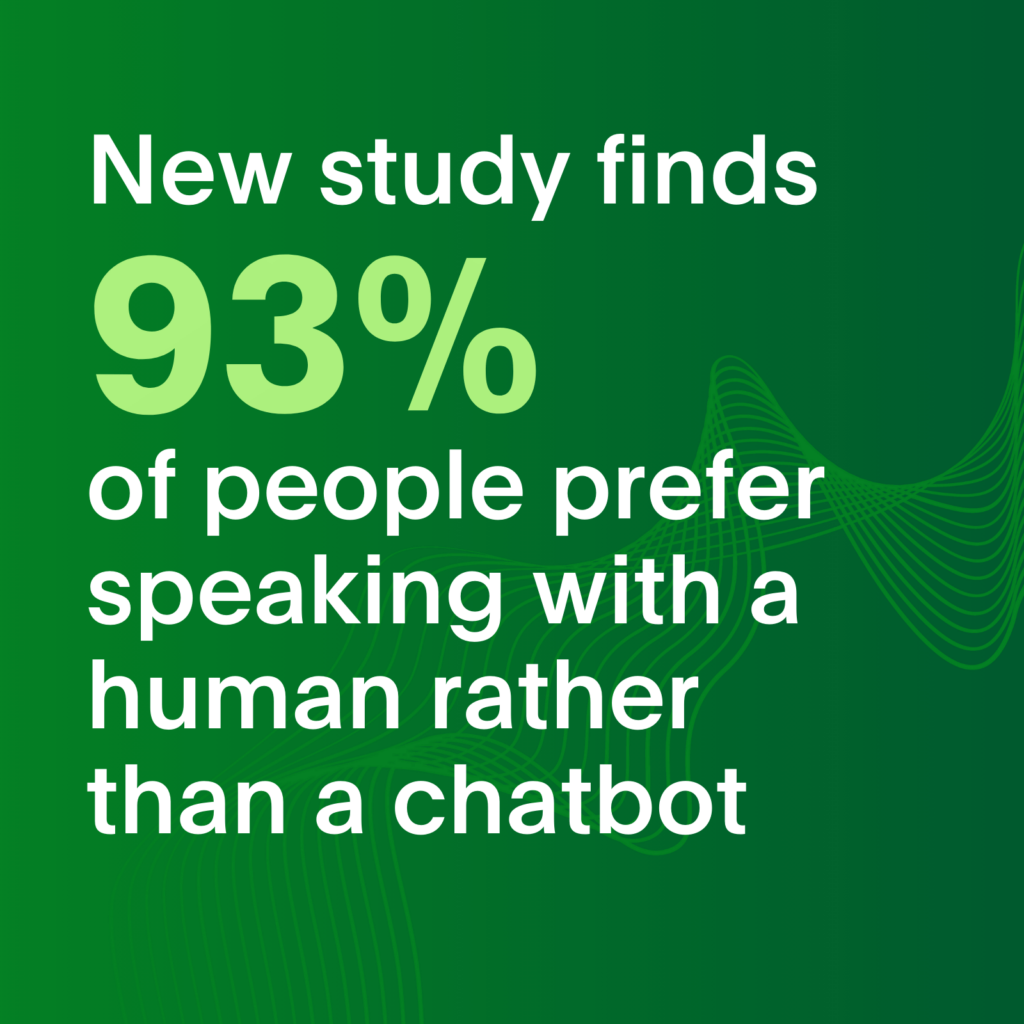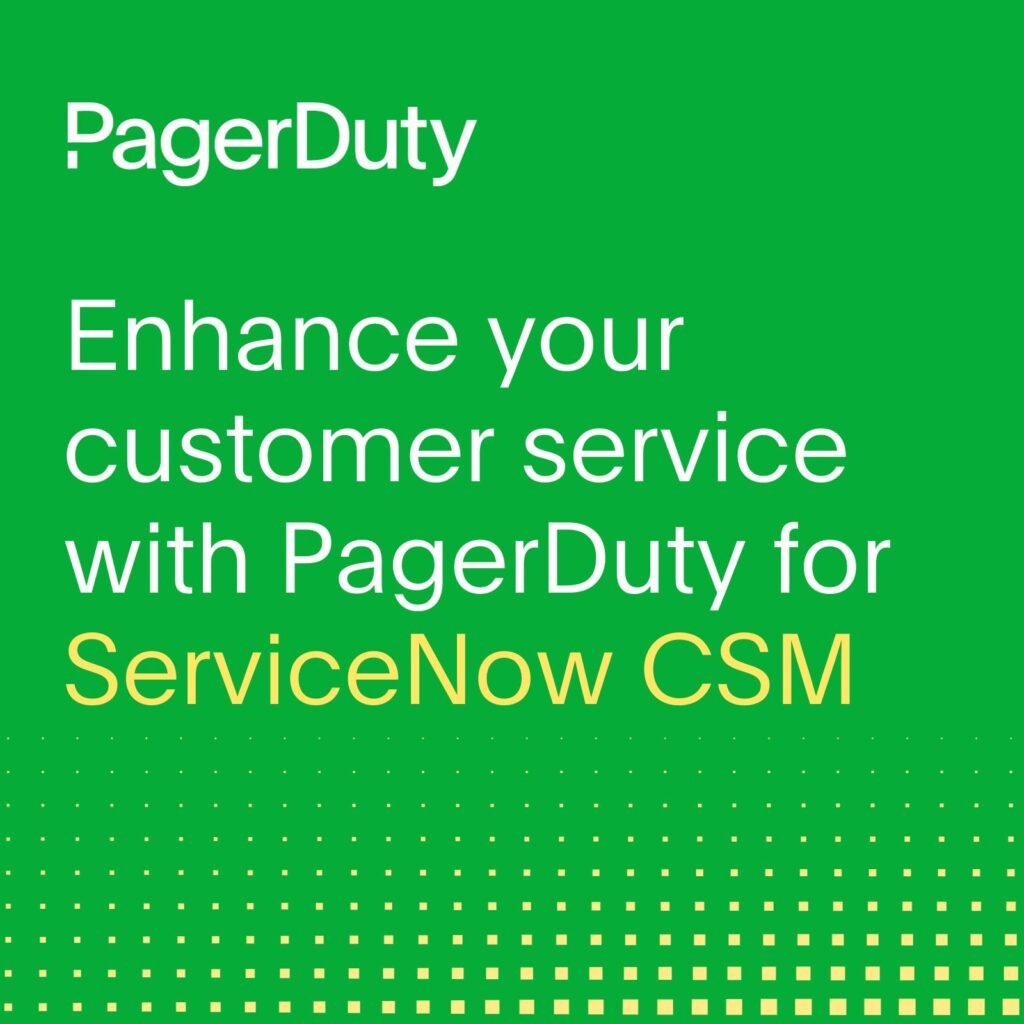- PagerDuty /
- Blog /
- Customer Service /
- New Customer Service Ops Guide: Introducing Full-Case Ownership
Blog
New Customer Service Ops Guide: Introducing Full-Case Ownership
In the world of digital transformation, keeping the focus on the customer experience is paramount. Systems are complex and increasingly distributed, which makes it difficult to stay on top of things when something goes wrong.
Customer service teams are the gateway to the customer, and more often than not they are the first line of defense when something goes wrong. The role of customer service teams is critical to maintaining and exceeding customer expectations.
We are excited to announce the recent launch of our newest Ops Guide: Customer Service Ops, where we walk through the importance of customer service teams in the software development and incident lifecycle.
Full-Case Ownership
According to the State of Unplanned Work Report, “51% of companies only become aware of an issue, such as a failed shopping cart or cable service outage, when customers complain.” As such, customer service teams need to be empowered with context and visibility needed when a degradation of service impacts their customers. Currently, customer service teams are held accountable for ticket response times, yet when those tickets require help from development to help resolve, there is a wall between the teams. Customer service is still held accountable to those ticket resolution times. With full-case ownership, silos and walls are broken down and customer service is empowered to get in touch with the right folks to maintain service-level agreements (SLAs) and decrease ticket resolution times.
Full-case ownership is an operating model where customer service teams are empowered to own issues from first report to close. Agents have real-time visibility, context, and the direct ability to mobilize the right technical and operational teams to solve customer issues—all while proactively communicating with customers.
Customer service agents have unique insights into issues as they are the first point of contact for the customer. Beyond just seeing the issues, customer service teams are able to aggregate and correlate reports, as well as gather additional information from reporting users. These teams generally sit between the customers and the engineering teams. When something goes wrong, mobilizing the required rapid response can often be difficult.
The end goal with full-case ownership is to deliver on SLAs and improve CSAT in a preventative manner with the right solution and reduce ticket response times. Manjula Talreja, Chief Customer Officer at PagerDuty, said it best: “Customers don’t remember the actual incident, but rather the experience during the disruption of their service. Customers expect software to fail, but also expect that the experience the vendor provides them to be world-class.”
Metrics that Matter
In our recent blog, How PagerDuty Leverages Customer Service Ops to Delight Customers, Kat Gaines shares how PagerDuty leverages Full-Case Ownership on the Customer Service team.
It is important to leverage the correct metrics based on the business need. Whether it is time-critical escalations, first call resolution, or potential breaching of SLAs, empowering customer service with full-case ownership impacts metrics in a positive way.
Tooling is a crucial piece of metric management. It is necessary to understand where you are as an organization in order to improve. Some vital questions to ask include:
- How long does it take to escalate customer issues?
- Where are the interrupts in workflow?
- How often are SLAs breached? What is your support model?
- How do you deliver the white-glove experience?
The Missing Link in DevOps
In the world of DevOps, we often talk about reducing silos, sharing knowledge, empowering engineers, and learning from incidents. More often than not, customer service teams are left out of the DevOps lifecycle, even though they are the direct link between engineering and customers.

The modern software engineering lifecycle doesn’t end when code is checked into a repo. The constant feedback loop directly impacts the customer service teams. Maintaining context and sharing it out to the organization is an important role customer service teams provide.
Shared Goals and Values
Adopting shared goals and values across teams can benefit any organization. That adoption requires visibility and bi-directional communication. Development teams that are in close contact with their customer service teams benefit from having better, real-world user information that can then be incorporated into new features and improvements. If you have 99.99% uptime within your development team, but your customers aren’t using your products and services with success, then why does it matter? Full-case ownership helps ensure your team’s development work is used with success by your customers.
Additionally, customer service teams play a crucial role in the incident response process. The goal of any incident response process is to reduce time to recovery in an organized way. When customer service teams have a clear path to escalate customer reported issues—with the right context to the appropriate teams—time to resolution decreases by eliminating silos and breaking down the walls between CSOps and DevOps. Consider making your customer service team part of delivering on customer satisfaction instead of just reporting on it.
Learn More
To learn more about customer service ops and full-case ownership, check out PagerDuty’s newest Ops Guide. If you are interested in how the Zendesk and PagerDuty integration works, check out these resources. For information on how to leverage Salesforce Service Cloud and PagerDuty, you can find demos and documentation here.
If you would like to learn more about the advantages of PagerDuty for Customer Service Ops, register for PagerDuty Summit and start a free 14-day free trial today.


